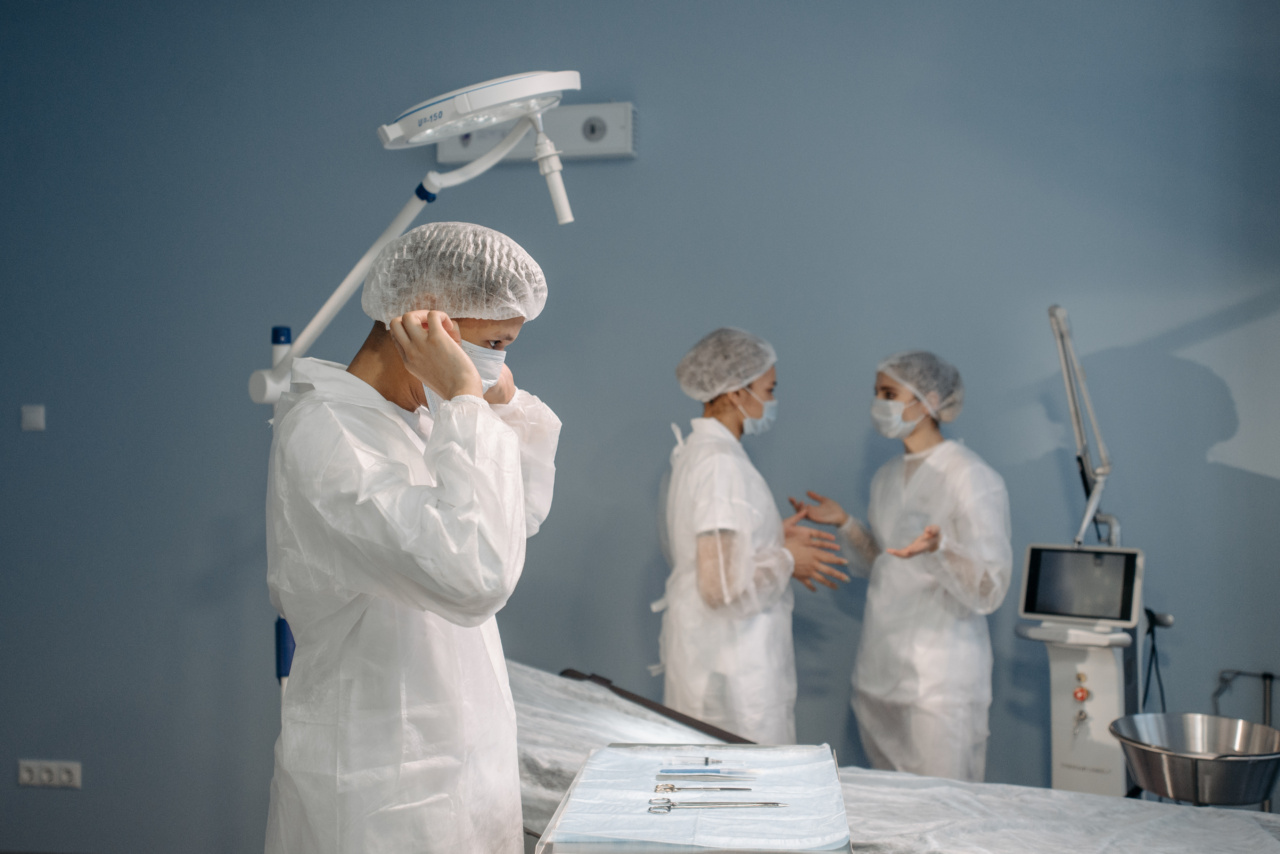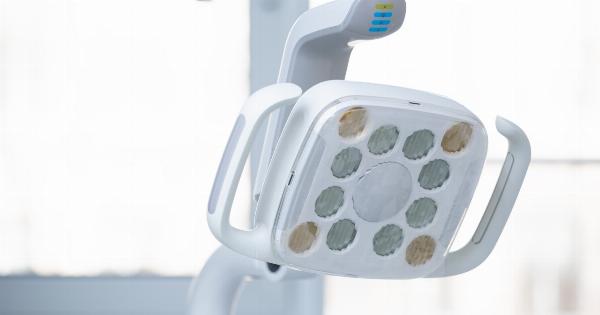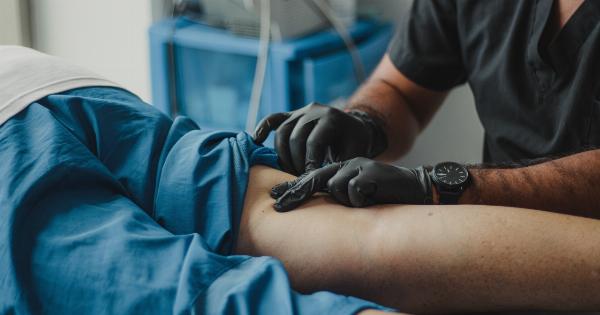A caesarean delivery, also known as a C-section, is a surgical procedure used to deliver a baby through an incision made in the mother’s abdomen and uterus.
While vaginal birth is the preferred and most common method of delivery, there are various medical reasons why a caesarean delivery may be necessary. If you have been advised or have opted for a caesarean delivery, it is important to be prepared both physically and emotionally.
In this article, we will provide you with the necessary medical recommendations to ensure a safe and smooth caesarean delivery.
Schedule a Consultation with your Obstetrician
The first and most crucial step in preparing for a caesarean delivery is to have a thorough consultation with your obstetrician.
Your obstetrician will assess the need for a caesarean delivery based on your medical history, previous birth experiences, and current condition. They will discuss the reason for the procedure, potential risks and complications, and address any concerns or questions you may have.
It is important to establish open communication with your obstetrician to make informed decisions regarding your delivery.
Understand the Reasons for a Caesarean Delivery
There are several medical reasons why a caesarean delivery may be recommended or necessary. Understanding these reasons will help you prepare and cope with the procedure better. Some common indications for a caesarean delivery include:.
- Placenta previa: When the placenta partially or completely covers the cervix, it may obstruct the baby’s passage during vaginal birth.
- Fetal distress: If your baby shows signs of distress, such as an abnormal heart rate or reduced oxygen supply, a caesarean delivery may be necessary.
- Breech presentation: When the baby’s buttocks or feet are positioned to be delivered first, a caesarean delivery is often recommended.
- Previous caesarean deliveries: Women who have previously undergone a caesarean delivery may opt for another caesarean delivery to minimize the risk of complications.
- Multiple pregnancies: If you are carrying twins, triplets, or more, a caesarean delivery may be safer and more convenient for both you and your babies.
Follow Preoperative Instructions
Prior to your caesarean delivery, your healthcare provider will provide you with specific preoperative instructions to ensure a successful procedure. These instructions may include:.
- Fasting: You may be instructed not to eat or drink anything for a specific period before the surgery to minimize the risk of aspiration during anesthesia.
- Medication management: Inform your obstetrician about any medications or supplements you are taking. Depending on the medication, you may need to adjust or discontinue usage before the procedure.
- Shaving and cleansing: Your healthcare provider may ask you to shave your pubic area or cleanse it with an antiseptic solution before the surgery to reduce the risk of infection.
- Arranging transportation and support: Since you will not be able to drive immediately after the surgery, make sure to arrange for someone to drive you to and from the hospital. Additionally, having a support person with you during the procedure can offer reassurance and comfort.
- Smoking cessation: If you are a smoker, it is important to quit smoking before your caesarean delivery. Smoking can impair wound healing and increase the risk of complications.
Prepare for Anesthesia
Since a caesarean delivery is a surgical procedure, anesthesia will be administered to numb the lower half of your body. The most common type of anesthesia used is spinal anesthesia, which provides a rapid and effective numbing sensation.
General anesthesia, which puts you to sleep during the surgery, may be necessary in certain situations. Your healthcare provider will discuss the appropriate anesthesia option with you and provide specific instructions to prepare for it.
Arrange Post-operative Care and Support
After a caesarean delivery, your body will require time to heal and recover. It is crucial to have proper post-operative care and support to ensure a smooth recovery process. Some recommendations for post-operative care include:.
- Pain management: Your healthcare provider will prescribe pain medications to manage any discomfort or pain you may experience after the surgery. Take the medications as instructed and inform your healthcare provider if you have any concerns.
- Incision care: The incision site will require proper care to prevent infection. Keep the incision clean and dry, and follow your healthcare provider’s instructions regarding dressing changes.
- Rest and physical activity: Adequate rest is essential for healing. Avoid strenuous physical activity during the initial weeks after the surgery. Gradually increase your activity level as advised by your healthcare provider.
- Emotional support: Recovering from caesarean delivery can be emotionally challenging. Surround yourself with supportive family and friends who can lend a helping hand and offer emotional support.
- Breastfeeding support: If you plan to breastfeed, seek guidance and support from lactation consultants or healthcare providers. They can assist you in finding comfortable breastfeeding positions and offer tips to overcome potential challenges.
Attend Post-operative Follow-up Appointments
Following your caesarean delivery, attending post-operative follow-up appointments with your healthcare provider is essential.
These appointments allow your obstetrician to assess your healing progress, address any concerns, and provide guidance for future pregnancies. If you experience any unusual symptoms or complications before your scheduled appointment, do not hesitate to contact your healthcare provider immediately.




























